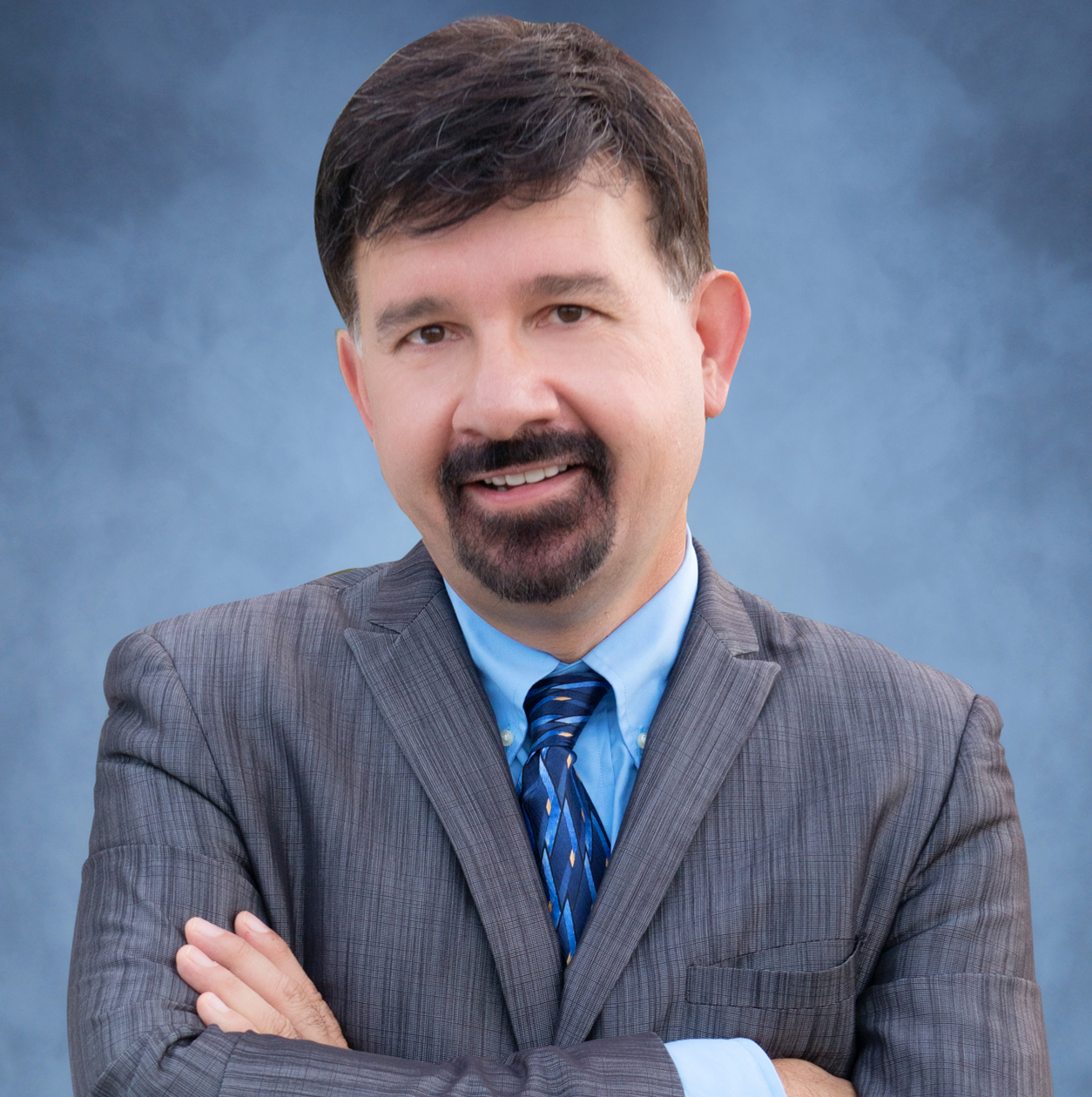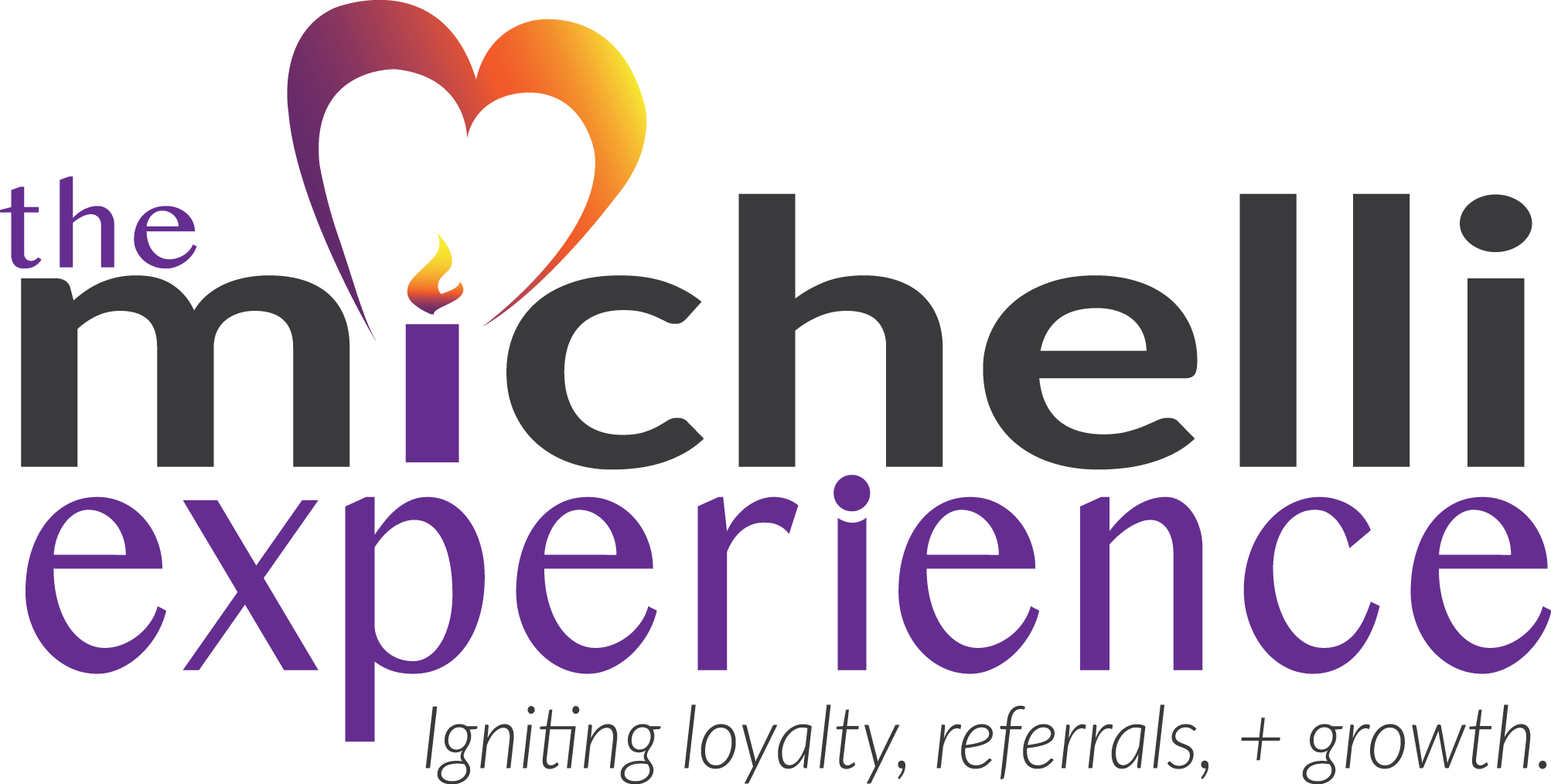The fourth installment of my reflective blogs comes from an upcoming book about revolutionary changes in patient experience at UCLA Health Systems:
Dr. Michael W. Yeh, Assistant Professor of Surgery and Medicine and Program Director of Endocrine Surgery at UCLA, saddressed challenges of the timely delivery of care when taking over leadership of his program. “One of the things that always bothered me about healthcare when I was a patient was that it seemed so difficult to access. The limiting factor in medicine isn’t technology. It’s healthcare professionals not helping patients navigate in a foreign environment.” Dr. Yeh even suggests that medical settings can become hostile for patients who are often vulnerable and emotionally overwhelmed. In light of this vulnerability, Dr. Yeh notes that some healthcare providers have moved in the direction of amenitized care, where concierge services are offered to patients. Unfortunately, not all of the providers who make care extremely comfortable are also delivering the highest level of clinical outcomes. Dr. Yeh adds, “It occurred to me that if you have the choice between having all the polish and not necessarily the intellectual muscle or going to another institution, say UCLA, that has all the intellectual muscle but could use a little more of the polish, the organization with substance would be in an enviable position.” As a result of this observation, Dr. Yeh decided to add polish to patient access in the Endocrine Surgery program. “When I started here, I structured things so that we would be accessible—there would be no phone trees; there would be human beings. I answered my own phone for the first year; you always got a person when you called.”
Dr. Yeh distinguishes between a surgeon and a technician by the degree to which the surgeon advocates on behalf of the patient. According to Dr. Yeh, “To advocate for patients you have to take the time to know them and put systems in place to help them receive care. Inevitably there will be tests that have to be done, further tests, and coordination. If you have a patient that comes from Abu Dhabi, that patient will likely be provided some help, but if you have an elderly woman from central California, how are we going to help her get around?” To make the process less daunting to patients, Dr. Yeh created a “help desk” resource. A phone line was created to help patients with any problem they encountered. Dr. Yeh notes, “If you are a patient of ours, we will coordinate all your appointments on the same day so you won’t have to travel as often. If you get lost, you can call our number and we’ll guide you around this huge campus. What I realized early on was there were a lot of system problems that were too big for me to tackle as a junior professor. My goal, however, was to create a little bubble around my micro-culture so that things could work within our program the way I thought they ought to work.”
Have you created a bubble around your customer, so they will encounter service the way it “ought” to be?

Joseph A. Michelli, Ph.D. is a professional speaker and chief experience officer at The Michelli Experience. A New York Times #1 bestselling author, Dr. Michelli and his team consult with some of the world’s best customer experience companies.
Follow on Twitter: @josephmichelli




Six years ago I read, “The Baptist Health Care Journey to Excellence: Creating a Culture that WOWs!” I’ve had friends and family involved in the health care industry so I have some idea (albeit not firsthand) of the challenges. Customers can be difficult to please under the best of circumstances, but in health care, where illness and feeling bad are prevalent – it’s really challenging.
Recently, my grown daughter had a gall bladder attack. A few trips to the ER resulted in her being admitted to the hospital. A test had been performed the prior week, but nobody had the results. That took a day. Left Hand, meet Mr. Right Hand. You guys talk, why don’t you? (Medical records is an entirely different subject, but an important one I think) Enter into her hospital room the gastro specialist who really wanted to scope down her throat to make sure there were no stomach issues, even though he admitted he didn’t think so because her pain was exactly where her gall bladder was located. An hour later enter the surgeon who was fully prepared to remove the gall bladder. Question: Did she want to have the scope done? It was not going to alter the surgeon’s recommendation to remove the gall bladder. Two doctors. Two different yet connected courses of action. She endured both the following day. The scope was a disaster as the doctor was unable to properly put her under the twilight sleep required. Painfully, she endured about 2 minutes as he snaked his camera down her throat until she panicked, stopping the procedure (and wishing like crazy that she had not agreed to it). Sadly, as person whose career has been almost entirely focused on dazzling customer service, I simply told her, “And so it goes.” It doesn’t seem it has to be that way, but the machinery is so large and the internal challenges (medical record keeping, legally sharing information between doctors, insurance issues, etc.) are ENORMOUS. The bubble that might be created around a patient (customer) is penetrated at every turn by those who may not share the primary service provider’s philosophy, much less work flow.
Amen, it is a matter of the caring philosophy of providers. Awesome point! Thanks for engaging in the discussion and Merry Christmas…